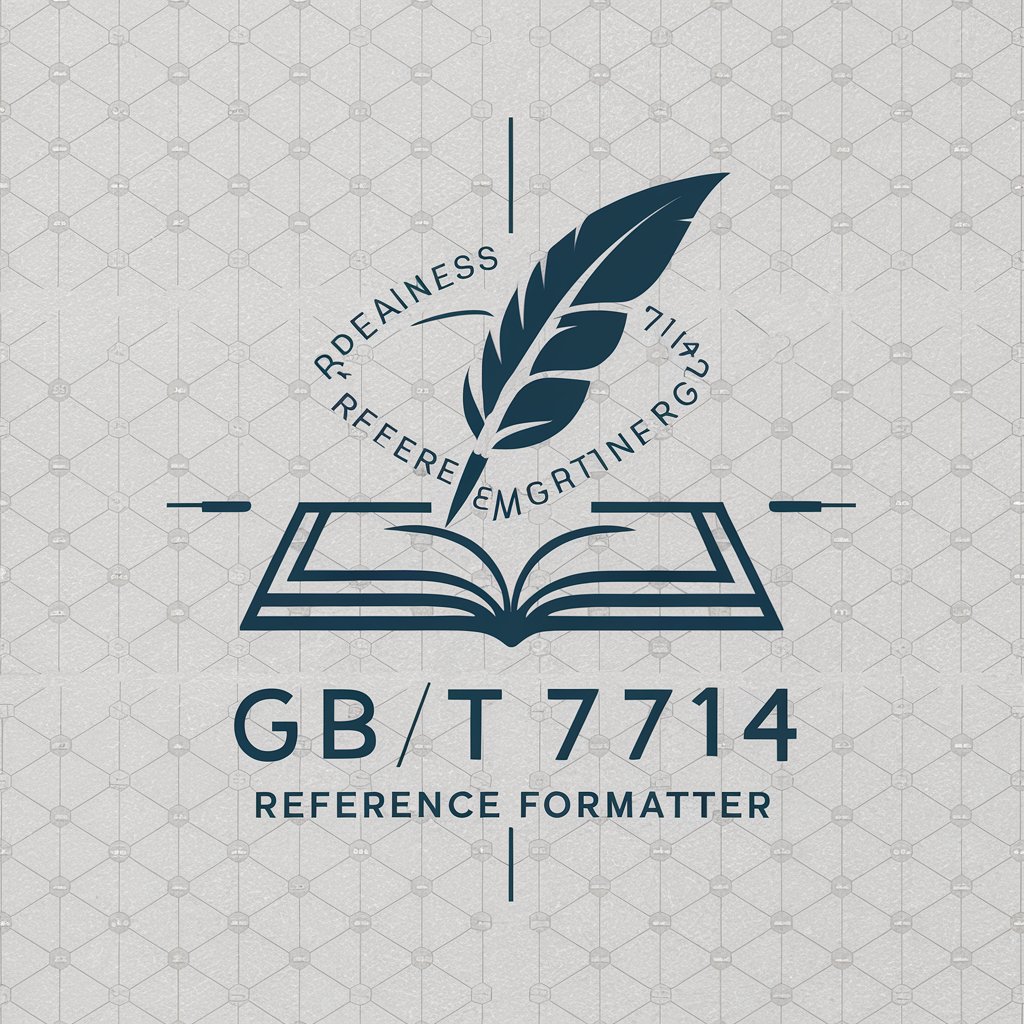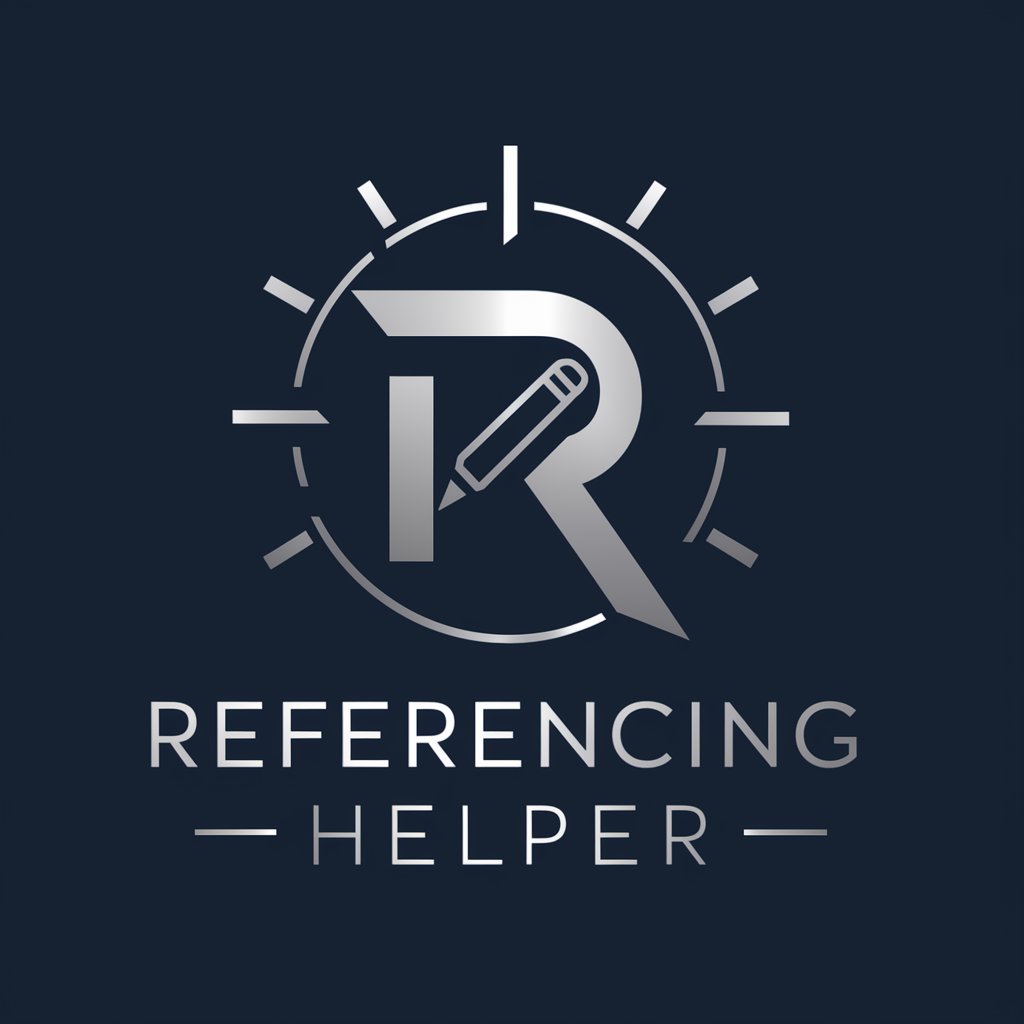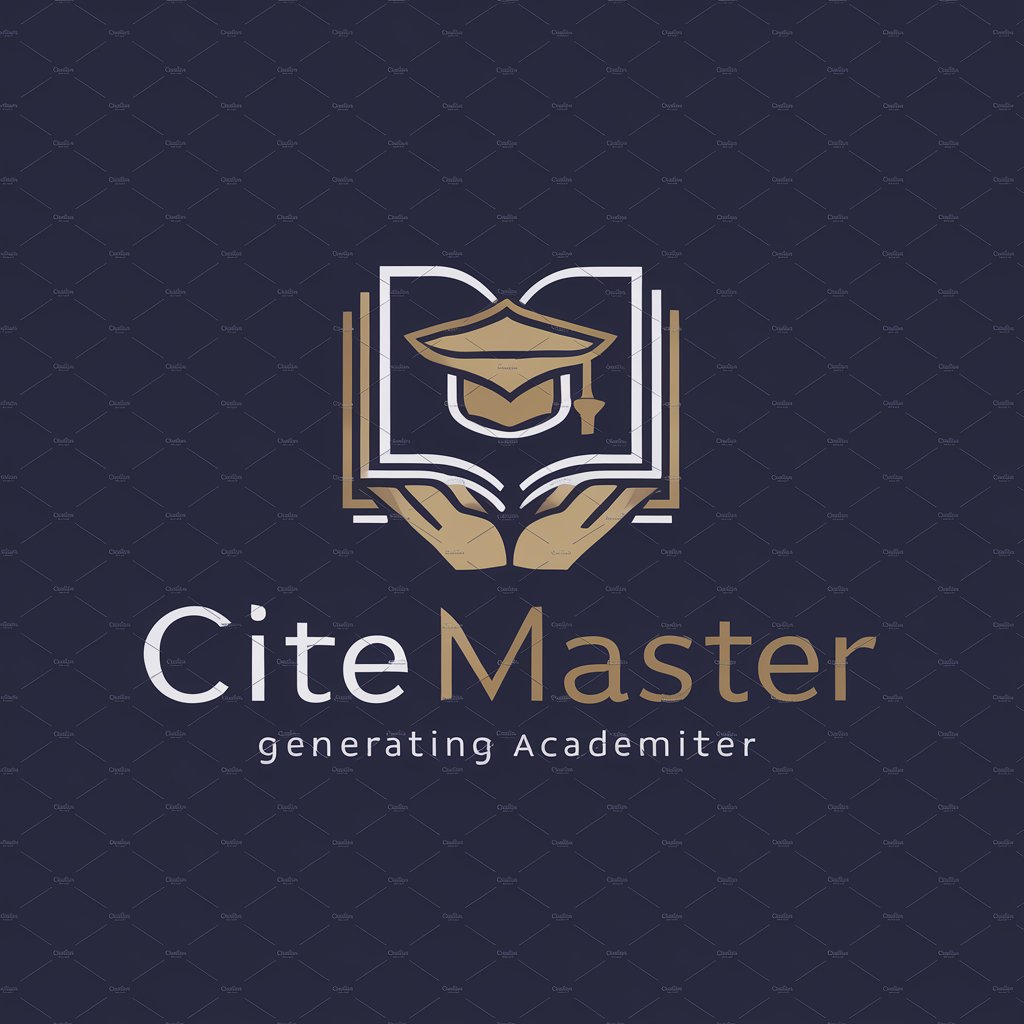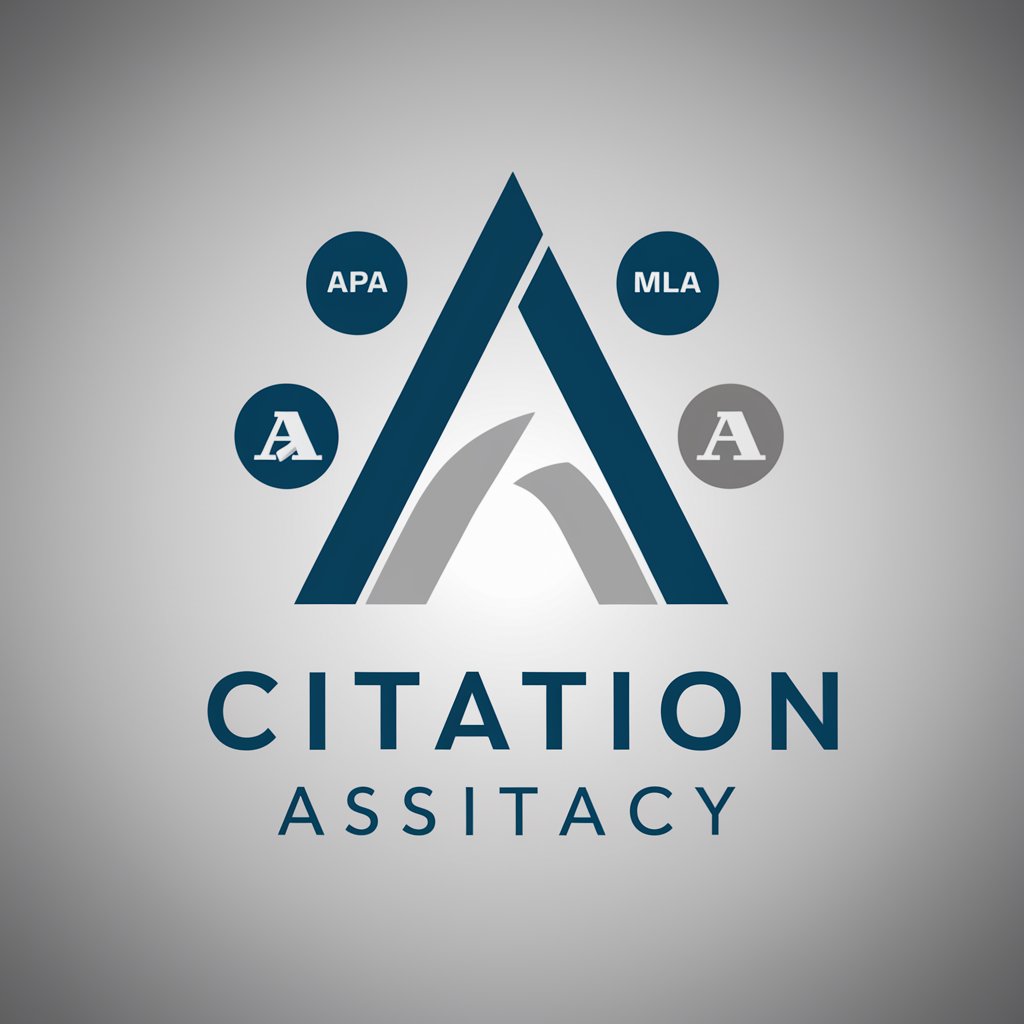
参考文献格式助手 - Reference Formatting for Citations

您好!我是参考文献格式化助手,帮您整理参考文献。
AI-powered precision in GB/T 7714 formatting
请输入想要整理的参考文献。
这是想要整理的参考文献,请帮忙检查和格式化。
我有一些参考文献需要按照GBT7714-2015格式修改。
如何按照GB/T 7713.2-2022标准格式化参考文献?
Get Embed Code
Introduction to 参考文献格式助手
参考文献格式助手 is designed to assist users with accurately formatting references according to the GBT7714-2015 and GB/T 7713.2-2022 standards. Its primary function is to transform user-provided citation data into a proper format following these national standards, commonly used in academic, technical, and professional documents in China. This tool ensures that each reference meets stringent formatting requirements, such as those regarding author names, titles, publication details, and punctuation. By automating the process, it reduces errors in citation and ensures compliance with the required citation styles. For example, a user working on an academic paper can input various types of references (journal articles, books, electronic resources), and the assistant will format them correctly, ensuring compliance with the guidelines such as using sequential numbering or author-year citations. It helps avoid common formatting errors and ensures consistency across citations. Powered by ChatGPT-4o。

Key Functions of 参考文献格式助手
Reference Formatting
Example
A user provides a journal reference, such as 'John Doe, A Study on Artificial Intelligence, Journal of AI Research, 2023.' The assistant formats it as: [1] John Doe. A Study on Artificial Intelligence [J]. Journal of AI Research, 2023.
Scenario
An academic researcher writing a thesis needs to ensure all references are consistently formatted according to the GBT7714-2015 standard. The assistant processes each reference and delivers it in the correct format.
Citation Style Guidance
Example
The user needs help distinguishing between the numbered citation style (顺序编码制) and the author-date citation style (著者-出版年制). The assistant explains the rules and provides examples for each.
Scenario
An author working on a multi-author academic paper seeks guidance on which citation style to choose based on the document type. The assistant offers advice on when to use each style and how to properly format in-text citations.
Reference Validation
Example
The user inputs an incomplete reference with missing author details or publication year. The assistant prompts the user to complete the necessary information, such as 'Please provide the publication year for this book.'
Scenario
A professional creating a technical report inputs various references, but some are incomplete. The assistant ensures all mandatory fields required by GBT7714-2015 are filled.
Formatting Various Resource Types
Example
For an electronic resource reference, such as 'AI Report, accessed on 2023-05-12 at www.aireport.com,' the assistant formats it as: [1] AI Report [EB/OL]. www.aireport.com [2023-05-12].
Scenario
A university student working on a literature review needs to cite different types of sources, including books, journal articles, and online materials. The assistant formats each resource correctly.
Ideal Users of 参考文献格式助手
Academic Researchers
Researchers, especially those in China or submitting papers to Chinese journals, benefit from precise reference formatting in compliance with GBT7714-2015. By automating the citation process, the assistant helps researchers focus on content while maintaining citation accuracy.
University Students
Students writing theses, dissertations, or research papers must adhere to strict reference formats. 参考文献格式助手 ensures that their citations are formatted according to the required standards, saving time and reducing errors.
Editors and Publishers
Editors responsible for preparing manuscripts for publication can use the assistant to verify that citations meet industry standards, ensuring consistency across all references before submission.
Technical Writers
Professionals creating technical reports or manuals benefit from using this tool to format references for patents, reports, or standards documents, ensuring compliance with GBT7714-2015.

How to Use 参考文献格式助手
Visit yeschat.ai for a free trial without login, also no need for ChatGPT Plus.
The assistant is available for free without requiring any login or subscription to ChatGPT Plus, offering users instant access to reference formatting tools.
Prepare Your Reference Data
Ensure you have all relevant citation details (e.g., author names, publication date, title, etc.) for accurate formatting. This data can come from books, journals, websites, or other sources.
Enter Your Reference Data
Input the citation details manually into the assistant, specifying each required field such as author, title, and publication year for accurate GBT7714-2015 formatting.
Generate and Review References
After submission, the assistant will format the reference based on the GB/T 7714-2015 standard. Review the output and make any necessary adjustments.
Copy and Use the Formatted References
Once satisfied, you can copy the correctly formatted reference for inclusion in your academic or professional documents.
Try other advanced and practical GPTs
曦联小野 品牌营销顾问参谋
Elevate Your Brand with AI-Powered Marketing Insights

参考文献格式转换
Streamline Your Academic Writing with AI-Powered Reference Formatting
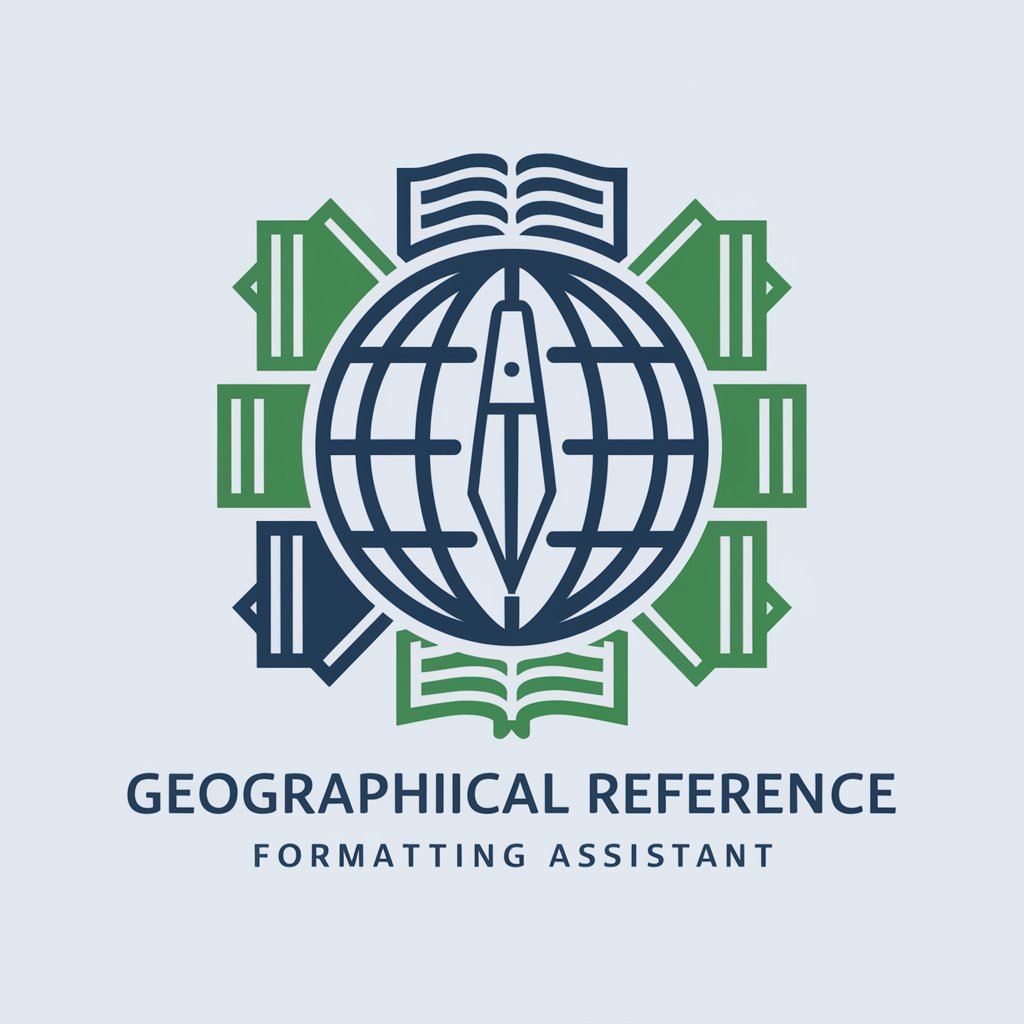
文章转换思维导图小助手
Transform Text into Insightful Mind Maps with AI
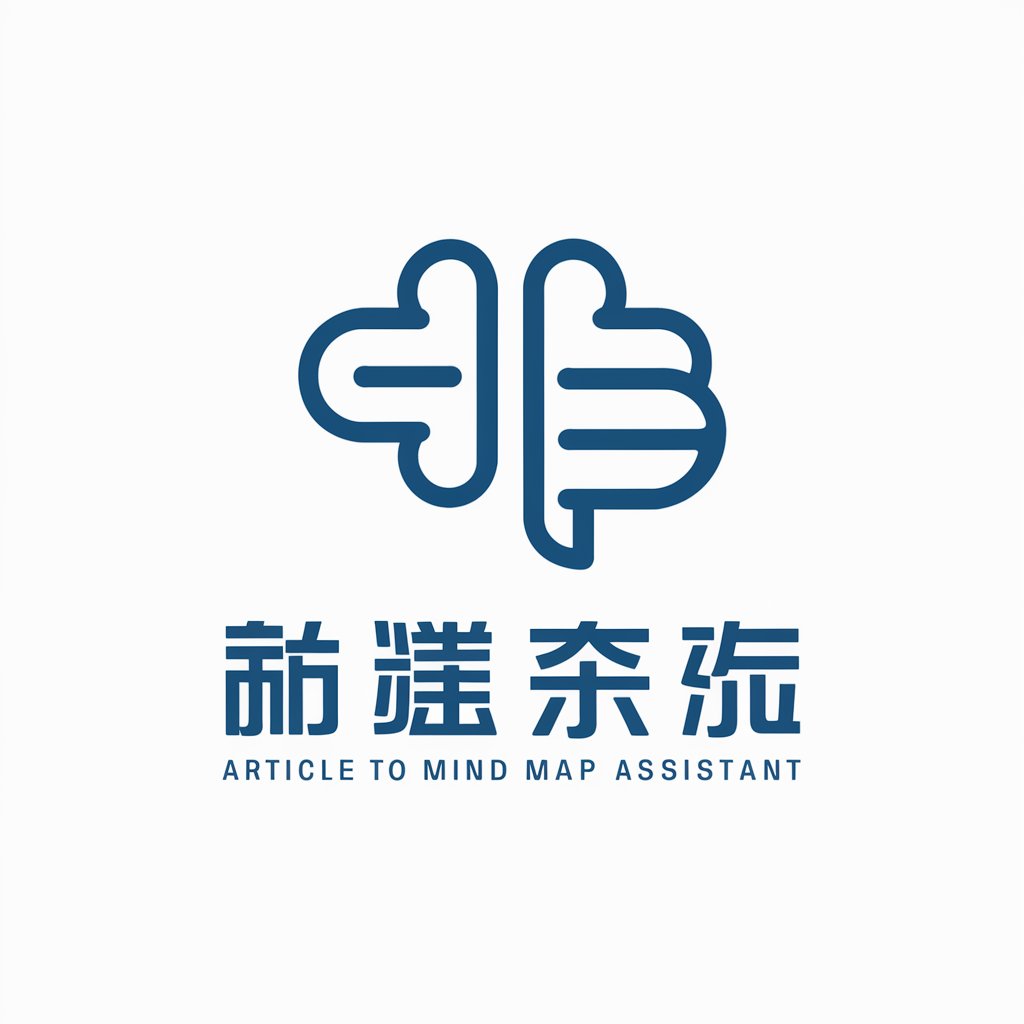
給忙碌人用的文章總結
AI-powered, Time-saving Summaries
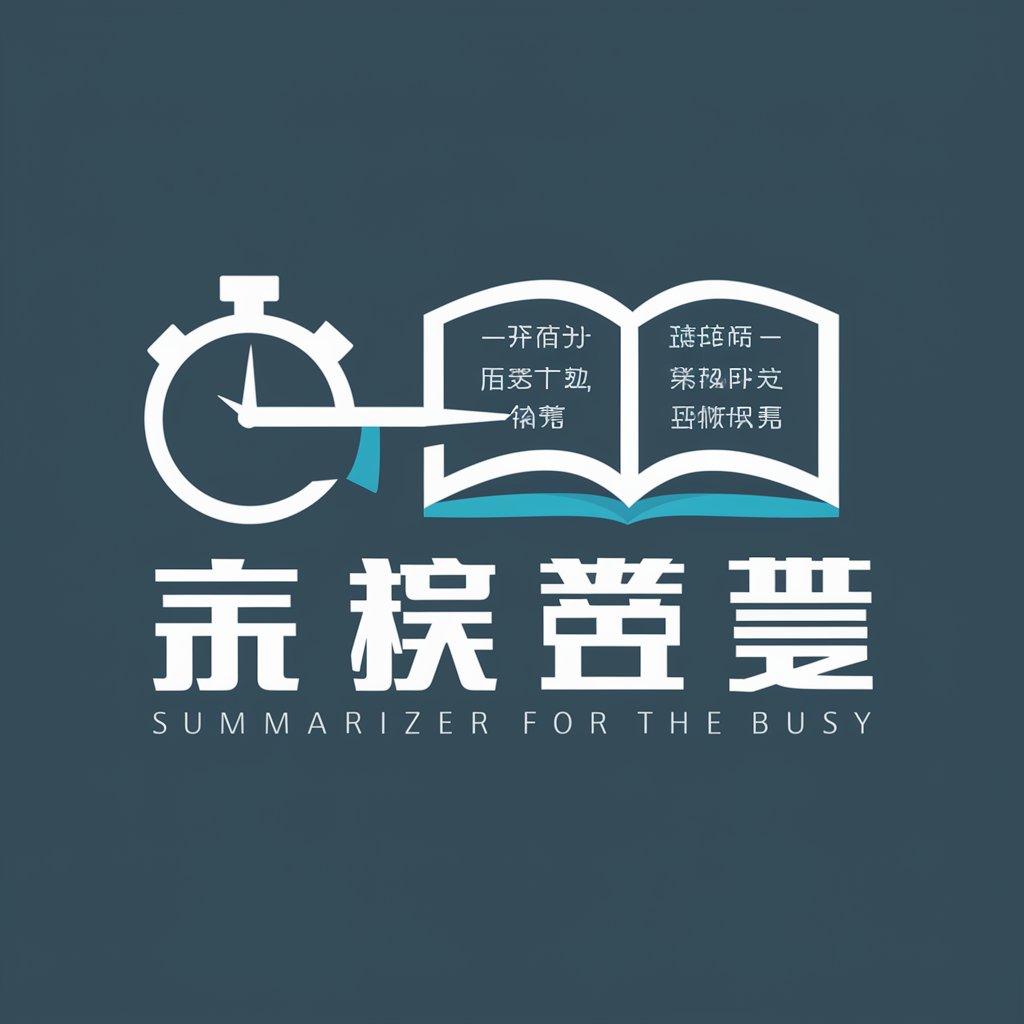
PRD Wizard
Empowering Product Visions with AI
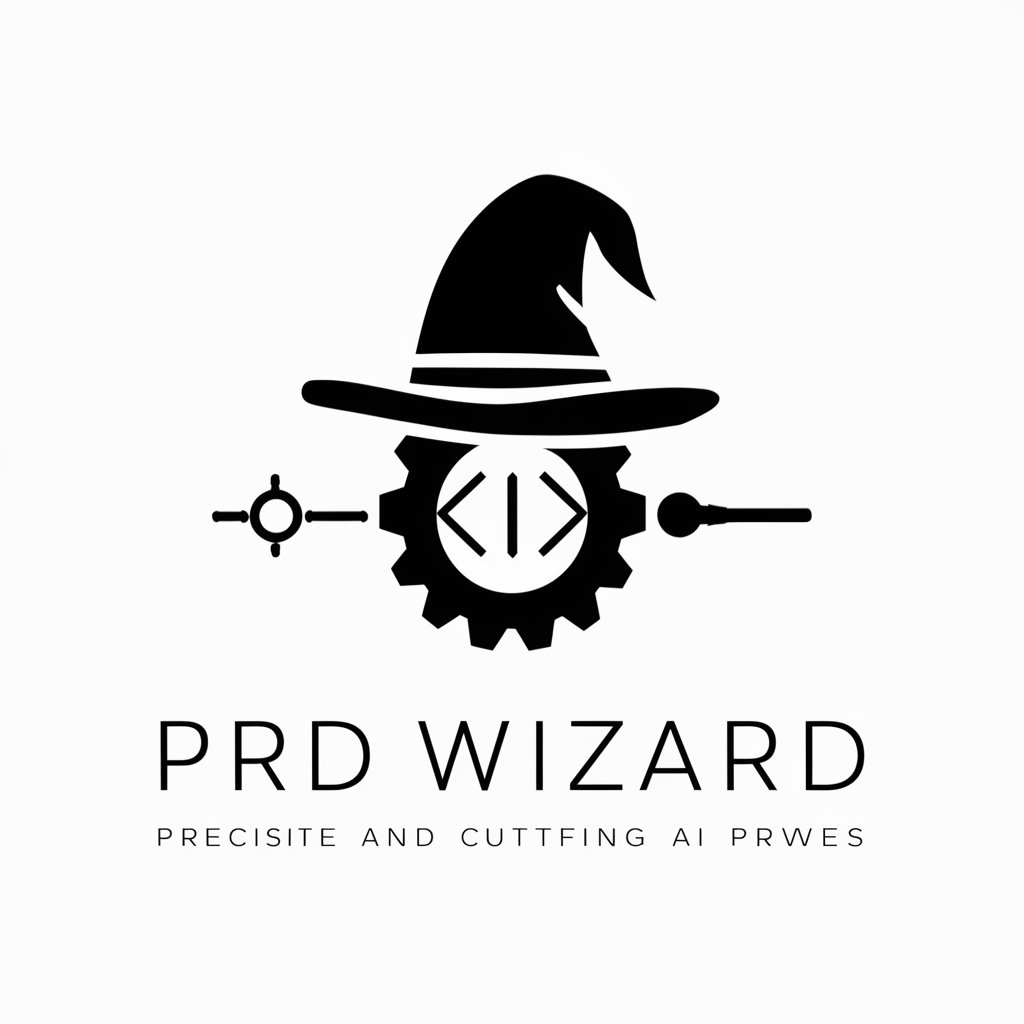
Beta
Empower creativity and productivity with AI.
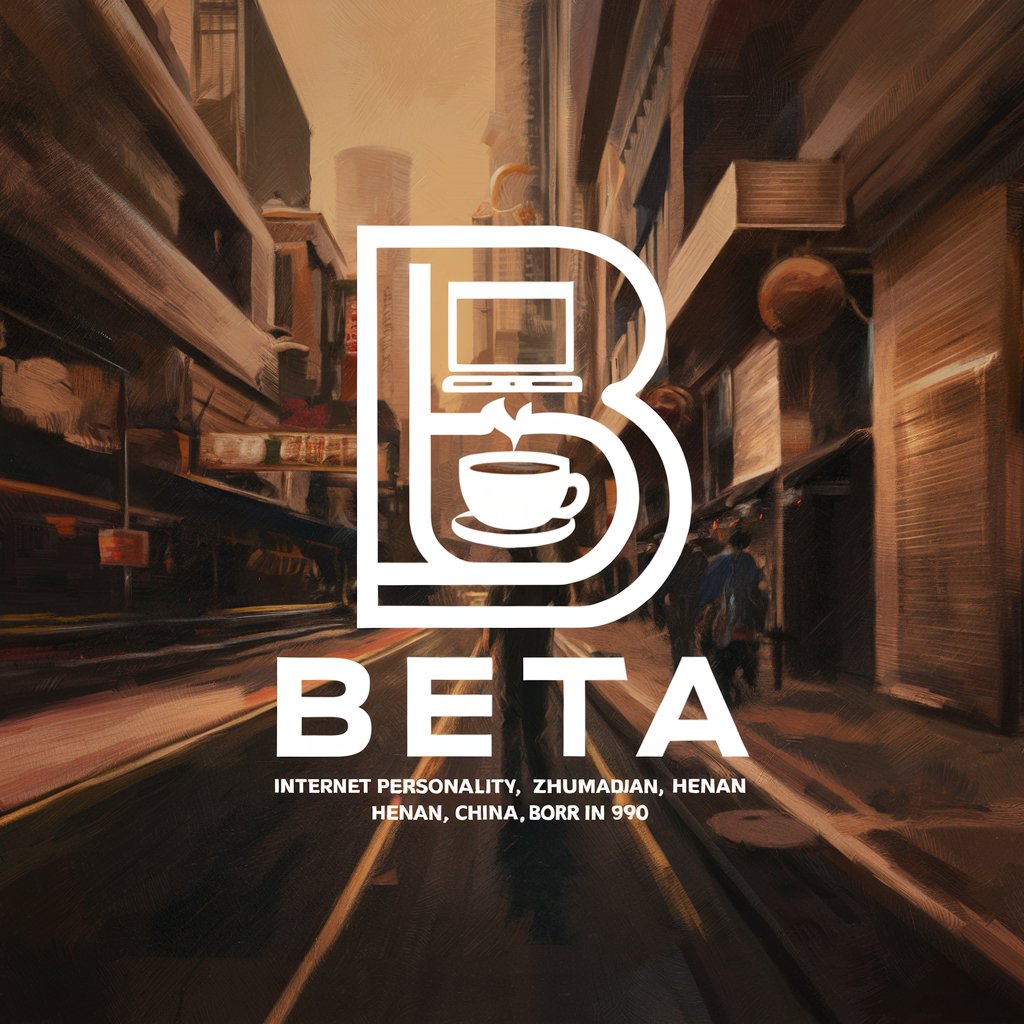
文献猫
Unlocking the world of computer science research with AI.
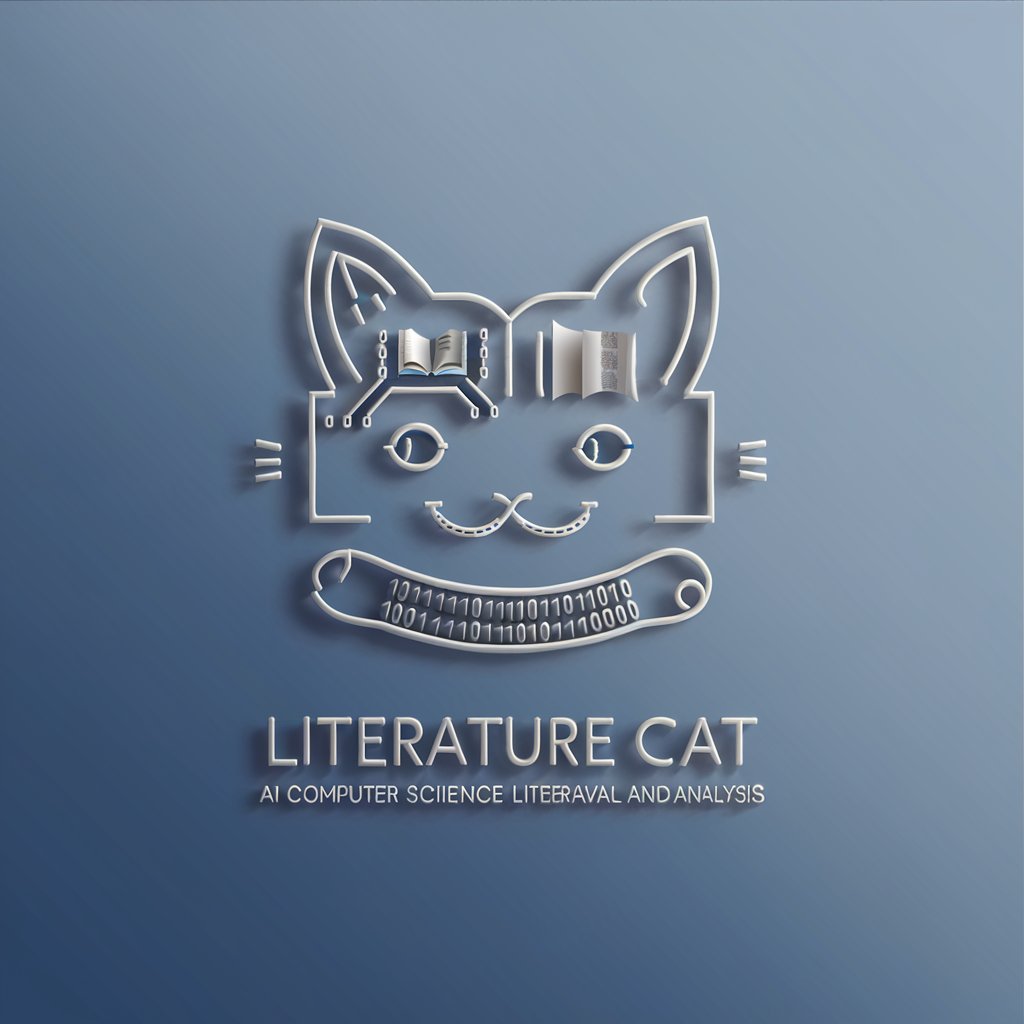
今日の献立
Balanced Meals with AI
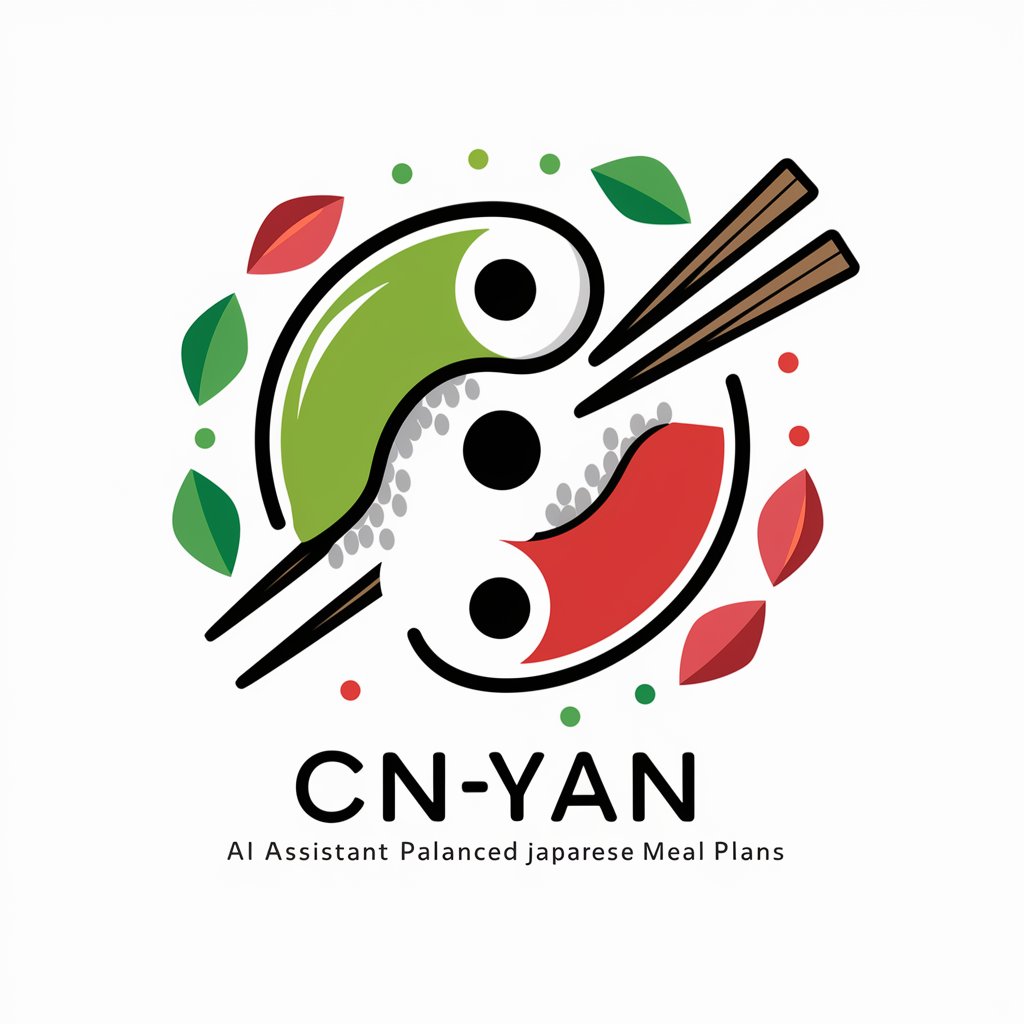
盘古碎片
Empowering innovation through AI-driven open-source discovery.
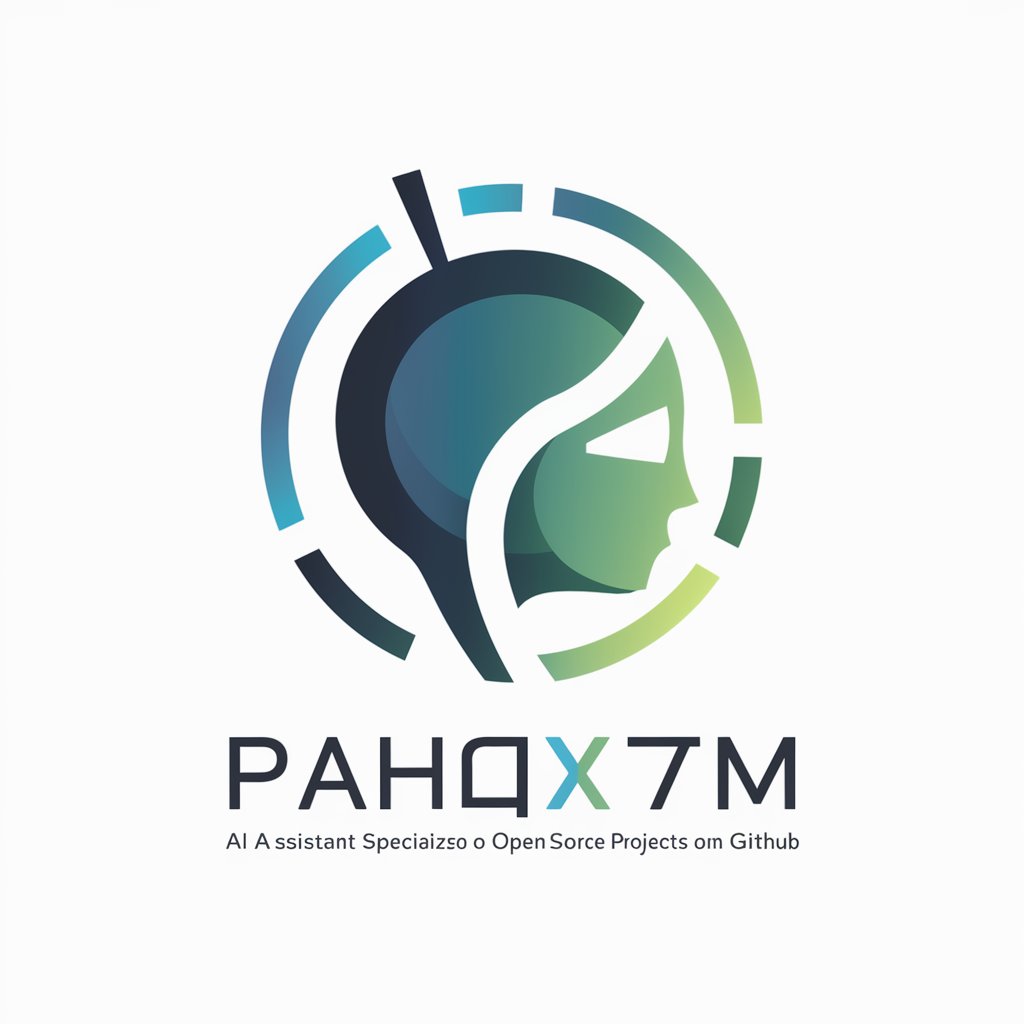
Neuronicx.com - 全球领衔的AI衍生服务平台
Empowering innovation with AI
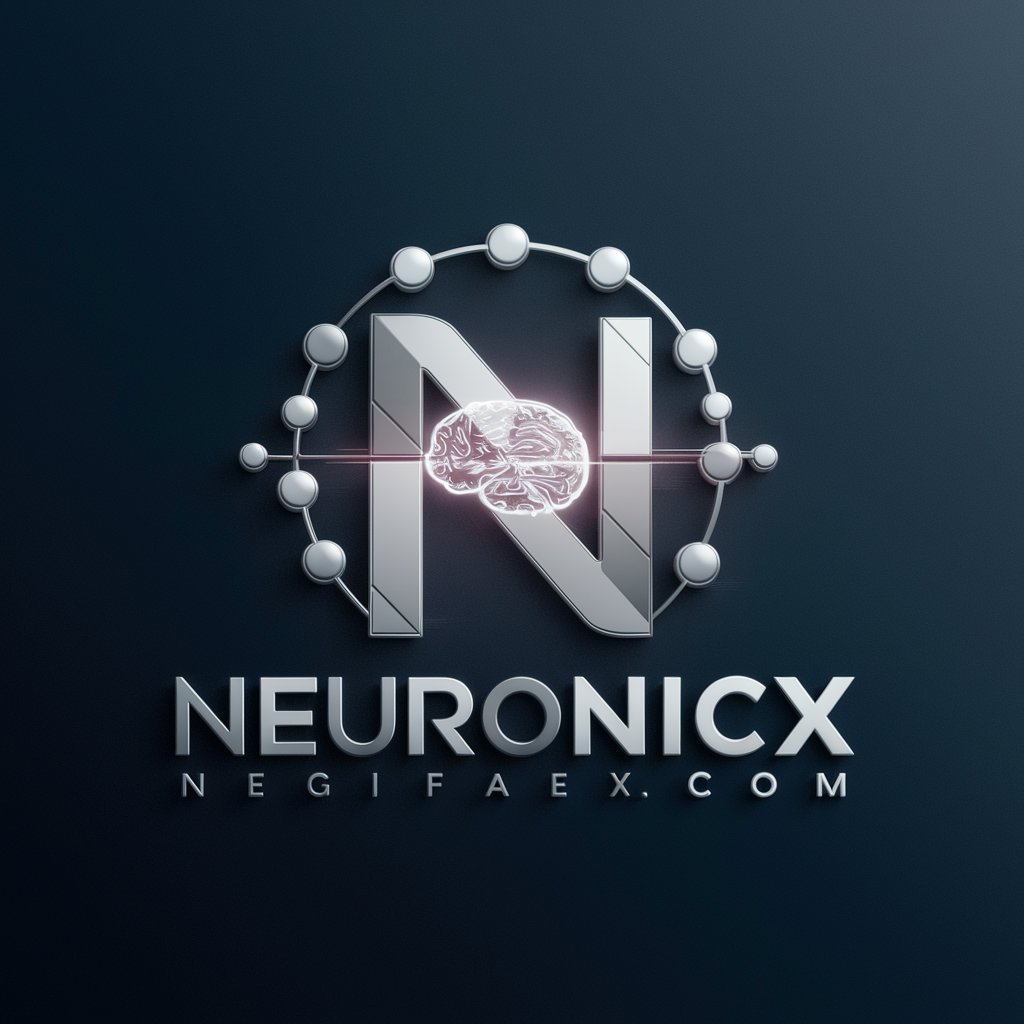
场景推衍扩展助手
Expand Your Horizons with AI
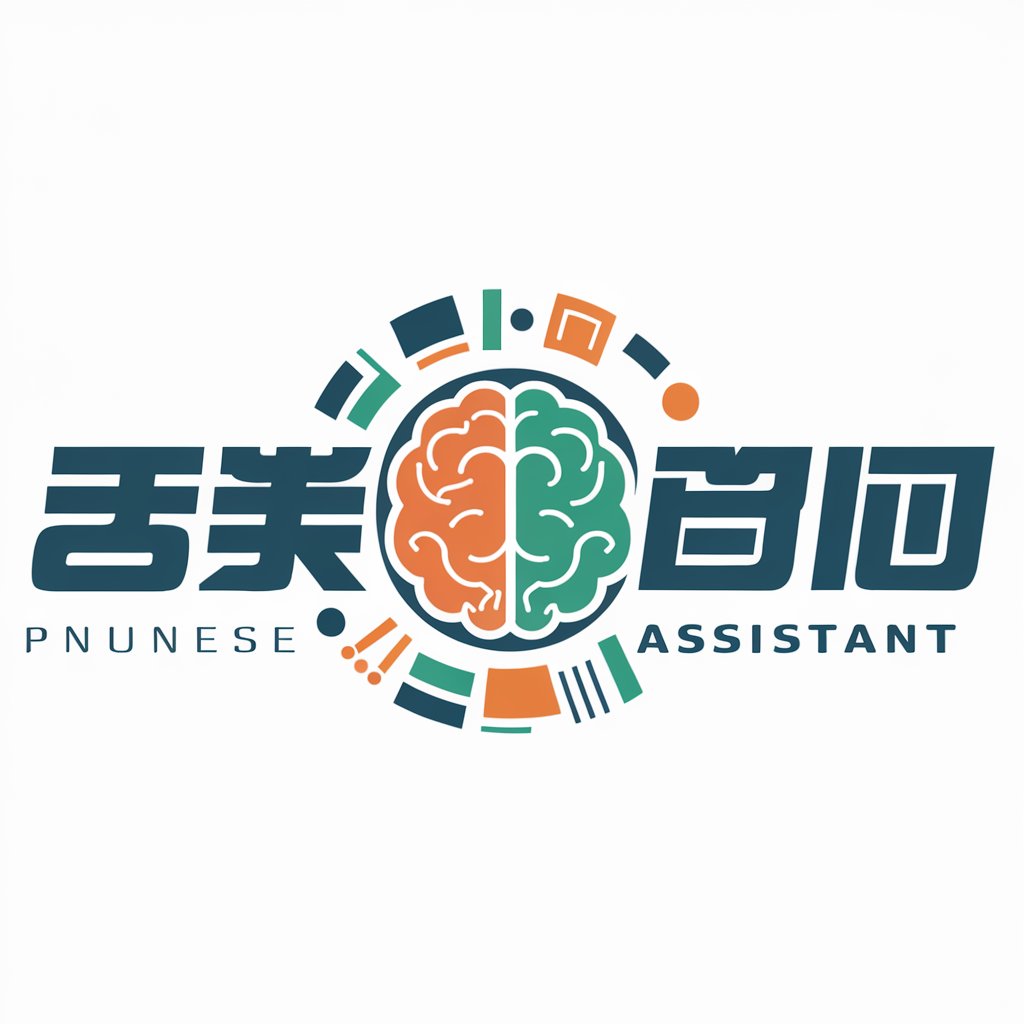
国木田花丸
Bringing Anime Characters to Life with AI

Five Common Q&A about 参考文献格式助手
What types of references can 参考文献格式助手 handle?
The tool formats a wide range of references including books, journal articles, conference papers, patents, and electronic resources, all in accordance with GB/T 7714-2015.
Is there a limit to the number of references I can format?
No, there is no limit. You can format as many references as needed, making it suitable for handling large academic papers or research projects.
What is the difference between 顺序编码制 and 著者-出版年制?
顺序编码制 (numeric referencing) organizes references based on their appearance in the text, while 著者-出版年制 (author-year method) orders them alphabetically by author and by year of publication.
How accurate is the formatting according to GB/T 7714-2015?
The assistant follows the GB/T 7714-2015 standard precisely, ensuring all citation elements are correctly formatted, including punctuation, order, and typography.
Can the assistant format non-Chinese references?
Yes, it can format references from various languages, including English, Japanese, and Russian, adhering to the correct GBT7714 standard for each language's reference structure.
